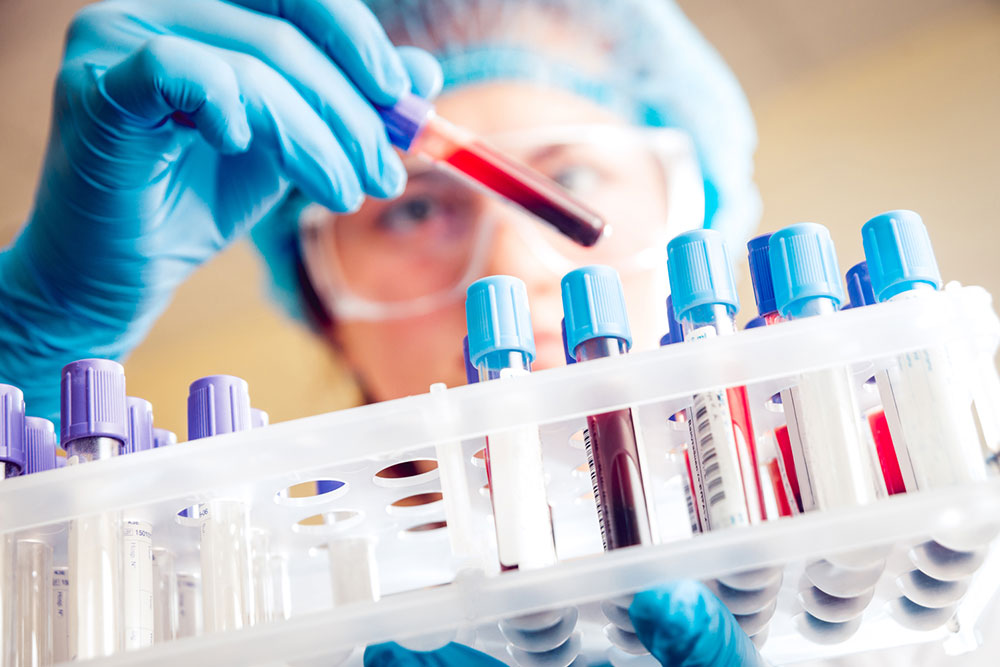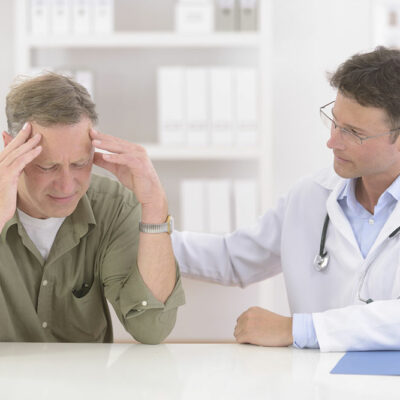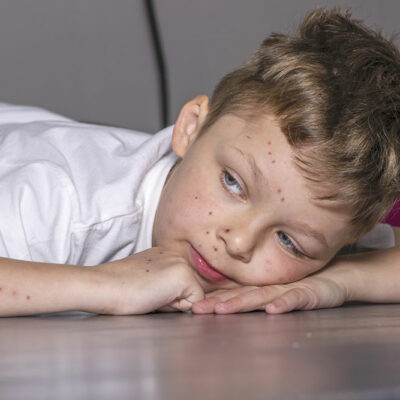
How to treat growth hormone deficiency in children
The pituitary gland plays a vital role in the normal growth rate of children. This gland produces growth hormones, which is essential for healthy growth in children.
The pituitary gland is the size of a pea and is located at the base of the skull. This gland secretes a total of 8 hormones that control thyroid activity and the temperature of the body.
When the height and weight growth rates of the child do not meet normal standards, the child is said to have a growth hormone deficiency. The good news is that GHD is treatable. Early diagnosis and timely treatment ensure that the condition is treated and that the growth rate of the child is back on track.
Causes of growth hormone deficiency
As mentioned above, the decreased secretion of growth hormone by the pituitary gland results in growth hormone deficiency. GHD may be present at birth itself. In some cases, however, GHD may be caused by a medical condition, like a serious brain injury and tumor, etc. Children with cleft lip or palate may also have decreased growth hormone levels. Acquired growth hormone deficiency (AGHD) occurs when an injury occurs to the brain, or due to medication.
Treatment of growth hormone deficiency
Prompt treatment of growth hormone deficiency ensures a complete cure. One of the most popularly followed treatment methods for GHD since the mid-1980s is the use of synthetic growth hormones. Prior to this treatment method, natural growth hormones from cadavers were used.
- Growth hormone injections
Natural or synthetic hormones are administered through injection into the body’s fatty tissues. It is as effective as daily treatment. However, there are minor side effects for these injections, such as redness at the injection site, headaches, hip pain, and curving of the spine. Long term use of these injections may result in the development of diabetes. - Human growth hormone therapy
GHD can be effectively treated by human growth hormone therapy. This hormone helps in stimulating the height and building of muscles and bones. The dose of this hormone can be given several times a week or on a daily basis. - Long-term treatment
Children affected with GHD are given injections until they attain puberty. In most cases, children who have insufficient growth hormone while young may naturally start to produce enough after puberty. When the hormone levels do not naturally come back to normal levels even after puberty, children may need to undergo a lifelong treatment.
Growth hormone deficiency occurs in 1 out of 7,000 births. This condition is also the symptom of many genetic diseases such as Prader-Willi syndrome and Turner syndrome. The body requires growth hormone after puberty and even in adulthood to maintain body structure and metabolism. When left untreated, GHD causes a delay in puberty and shorter-than-average height.


